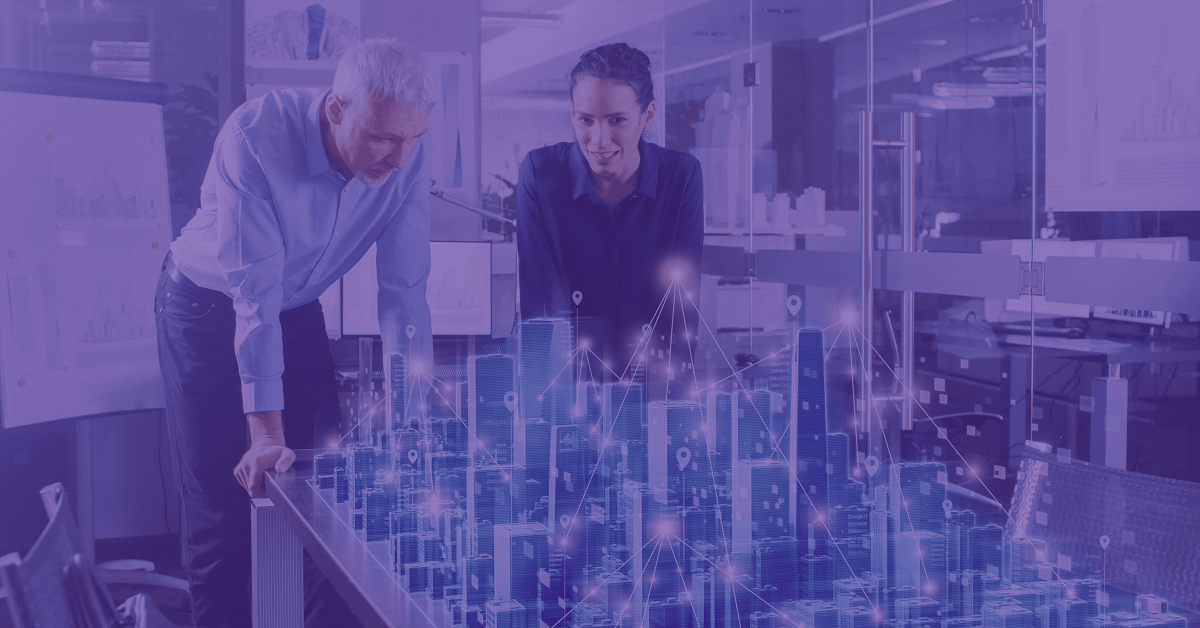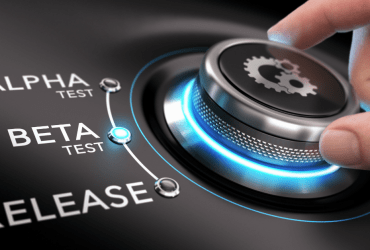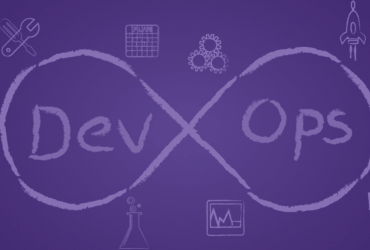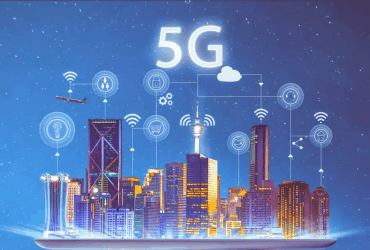What happens when the Internet of Things meets artificial intelligence? Welcome to the intelligent edge, where connected devices generate real-time data that are processed by AI. Digital twins are the quintessential intelligent edge technology. A digital twin continuously collects live data from sensors placed on a physical asset. The data is used to display a virtual model, or “twin”, of the asset. In the construction industry, intelligent edge technologies such as digital twins have the power to transform how buildings and cities are built and maintained.
Clearing Up the Confusion
Digital twins are similar to existing technologies in construction, such as 3D modeling, simulation, and asset-tracking. While digital twins build upon these concepts, they should not be confused with other technologies in use.
Computer-Aided Design
3D modeling in construction is associated with computer-aided design (CAD). 3D computer-aided design (3D CAD) emerged in the 1990s as a way to conceptualize buildings and products, and their associated parts and components in 3D drawings.
Architects and engineers use CAD to design construction projects before production. While 3D modeling is used to render digital twins on computers, 3D CAD is intended to be used in the process of building the physical assets themselves. A 3D CAD model is not designed to mimic changes to the physical asset, unlike a digital twin.
Simulations
Digital twins are simulations of physical assets. While simulations can exist on their own in a solely virtual dimension, digital twins must have an associated tangible asset. Digital twins can simulate a physical asset in its current state or simulate a predicted state.
For example, if an engineer were to increase the weight load carried by a building, the building’s digital equivalent can estimate the building’s new occupancy capacity. Given a selection of inputs, a digital twin has the capacity to model new operating conditions, leading to use cases such as predictive maintenance.
Simulations are thus effective in product lifecycle management (PLM) and building information modeling (BIM), the latter which we’ll discuss along with smart cities.
Asset Tracking
The sensors embedded in physical assets generate data for digital twins. These sensors capture performance data, such as the speed of a motor, or environment conditions, such as the temperature of a room. However, do not confuse sensors with the tags that track an asset.
Asset tracking uses technology such as GPS and RFID in order to locate a building or equipment part as it makes its way through a supply chain. Asset tracking is concerned with keeping inventory—digital twins are about monitoring performance.
Digital Twins Pave the Way for Smart Buildings and Cities
Let’s take a closer look at applications in construction. As intelligent edge technologies mature, digital twins are now able to map whole systems in addition to standalone assets. The ability to render systems such as organizational structures and infrastructure provides an exciting prospect in architecture and urban planning. Digital twins are integral to the operation of smart buildings and smart cities.
Debriefing Smart Infrastructure
Smart buildings produce different sets of data. Some datasets automatically regulate energy consumption. Lights too bright on a sunny day? A smart building can detect the presence of natural lighting and match indoor lighting levels appropriately. Whether residential or commercial, smart buildings align with sustainable development practices. Smart buildings can also assist real estate management by reporting a building’s occupancy at any given time.
Smart cities extend the scope of IoT infrastructure to the urban environment. With a range of sensors located in the air, on the ground, and in subterranean or aquatic infrastructure, smart cities amass data to improve the quality of life of its inhabitants. Data can assist municipalities, such as in directing pedestrian flows or managing waste, or assist citizens, such as in planning commutes according to the most up-to-date subway schedules.
A Case Study in Public Transportation
How do digital twins play into smart infrastructure? They depict the spaces of smart buildings and smart cities. What’s more, they present actionable insights.
For example, a public transport agency in conjunction with a transport equipment manufacturer can build twins for their entire bus and train fleets. Live geographic information from sensors can be fed into a city’s public transportation schedules. As well, dashboards from sensor data can alert officials of wear-and-tear on equipment (especially on enclosed equipment that are not visible to the human eye).
When equipment quality is able to be inspected remotely, repairs and replacements will be planned well in advance—before equipment is damaged and transportation delays ensue. Smart cities are safer, faster, and more cost-efficient than disconnected cities.
Two Siblings: Digital Twins and Building Information Modeling
Previously, we introduced the concept of BIM—building information modeling. Since we’re on the discussion of applying digital twins to larger sites like buildings and cities, we’ll turn next to building information modeling, a process that digital twins can add value to.
BIM is a collaborative process between construction stakeholders to visualize a building before construction. If it sounds familiar, you’re not wrong. Because it uses 3D modeling, BIM is similar to 3D CAD and simulation. Unlike 3D CAD, however, this methodology is truer to its name. Its models impart more “building information” than CAD drawings. BIM files can include details such as equipment specifications and instructions for acoustic, aesthetic, and thermal design. The process emphasizes information-sharing between stakeholders. Stakeholders of a construction project include technical partners such as architects, engineers, and contractors (abbreviated as AECs) and business partners such as clients and real estate developers.
You can couple building information modeling and digital twins together. As BIM visualizes the spatial and functional relationships of a building in a plan, it could use twins to reproduce systems such as floor plans and power grids. The key differentiator here is that BIM is a process while a digital twin is a product. It builds a digital plan for construction or renovation. Its role is in planning, not monitoring and automating daily operations. Though playing different parts, BIM and digital twin technologies are both vital to smart building construction.
Recapping Digital Twins, the Intelligent Edge’s Newest Brainchild
Digital twins are changing building and city construction. This year, Gartner listed digital twins in its annual top 10 strategic technology trends. By 2025, the market is projected to value USD $26.07 billion. Their underlying idea is not new. The manufacturing and construction industries have long relied on models, simulations, and asset tracking to provide a blueprint and roadmap for finished projects. What’s pushing digital twins to rise now is the maturation and adoption of intelligent edge technologies.
The Internet of Things, 5G mobile networks, artificial intelligence, and augmented and virtual realities enable digital twins to process and send data.
Without edge computing, digital twins would not be feasible. And without digital twins, smart cities and buildings would be much less intuitive and automated. Digital twins lay the foundation for a connected world.
Ormuco’s Infrastructure-as-a-Service platform supports developers to build and release proptech applications. To learn more about how Ormuco powers the intelligent edge, set up a call with us here.





